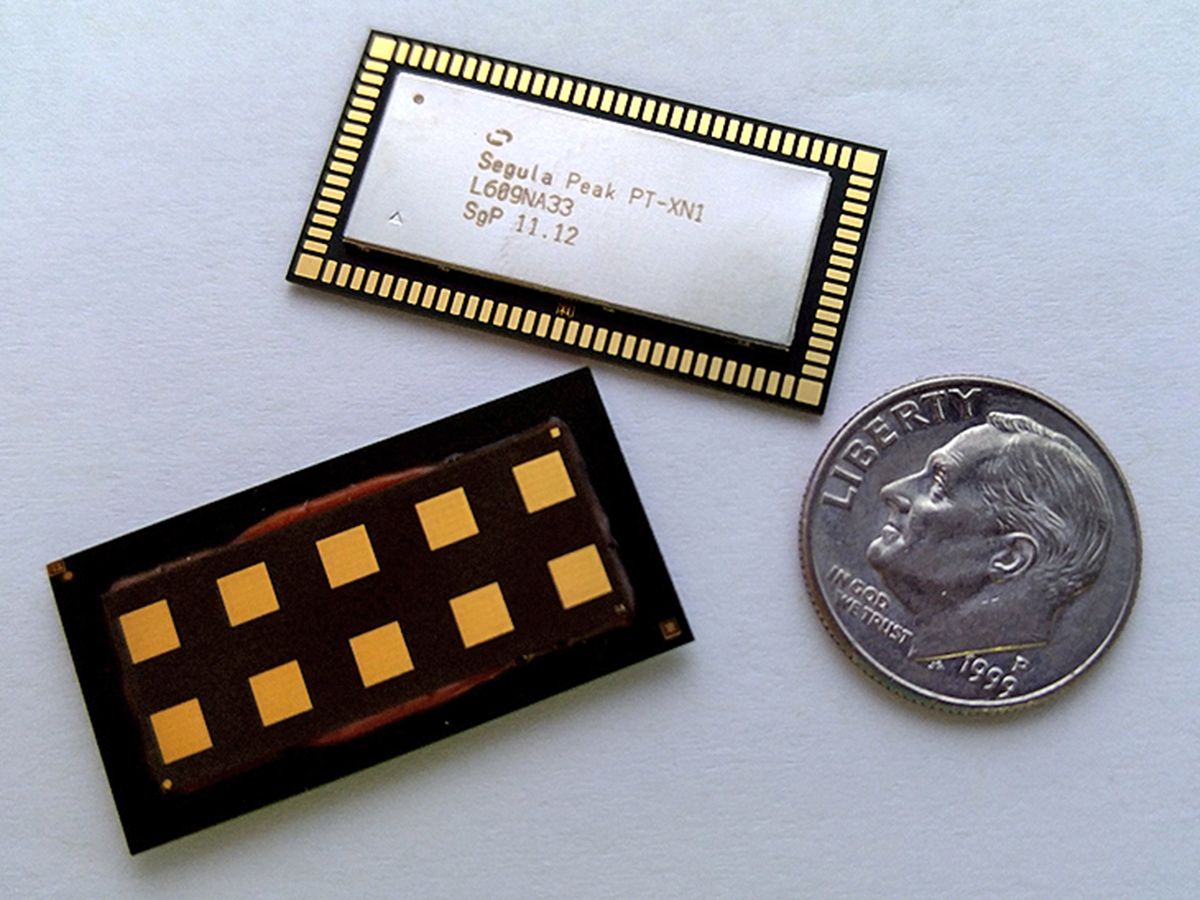At the Brooklyn 5G Summit this week, a panel of leading researchers in 5G phased-array technology discussed its commercial status. The key question: Had phased arrays moved largely away from an academic pursuit to become an industrial concern?
Phased-array antennas, in which radio waves can be steered electronically in a desired direction, have become a key technology for 5G networks. The rapid development of this technology over the last five to 10 years appears to be one of the primary reasons why 5G is still on track for commercial rollout by 2020.
Directional phased array antennas are essential to proposed 5G networks because, in order to accommodate the bandwidth needed to achieve data rates of 1 Gbps, you have to turn to high-frequency millimeter waves (generally considered to be those between 30 to 300 GHz). Unfortunately, signals traveling within this slice of spectrum experience high path losses as the signals propagate throughthe air or pass through the walls or windows of a building.
To minimize such losses, carriers can place base stations in a direct line of sight to a receiver, but this isn’t always practical and doesn’t actually solve the problem.
Antennas with high gain and a narrow beam width have largely overcome these problems for stationary applications. But when you wish to serve mobile phone users who are constantly in motion, you need a high gain and narrow beam that can be steered: the phased array antenna.
In the last few years, integrated circuit technology with silicon semiconductors has fulfilled both the beam steering function as well as the traditional transmit/receive functions. This has effectively driven down the costs associated with these devices to the point where they can be mass produced and deployed for 5G.
Just prior to the panel, presentations from Baljit Singh, director of advance technology at Intel, and Ozge Koymen, a senior director of technology at Qualcomm, demonstrated just how far phased array technologies have progressed.
This led the moderator of the panel, James F. Buckwalter, a professor at the University of California Santa Barbara, to recall predictions of Ian Gresham of Anokiwave—a speaker at last year’s event—who suggested that “phased arrays are an exercise in industrialization, not academic research.” (A video of that presentation is available here.)
Buckwalter prodded the panel to find out if they were comfortable with the number of test cases that had been performed on phased arrays. Both Singh and Koymen agreed that the technology had been sufficiencly tested to now begin to think in terms of its commercial rollout.
Koymen of Qualcomm cautioned that in the first phase of 5G phased-array technology, the devices that customers use may not be fully optimized, but said this would quickly be worked out. “We may not understand fully what we need to address until we have 10,000 [devices] being used in Manhattan,” he added.
Buckwalter, the moderator, sensing the panel was in agreement that the future of phased-array technology was industrial rather than academic, pressed them on whether analog phased-array technology would be obsolete by the time 5G networks are widely commercially available. “Is the phased array on the way out?” he asked.
The panel seemed to believe that, for the first generation of 5G, analog phased-array technology would suffice. But in the following five years, the panelists suggested, we may begin to see digital phased-array technology take hold.
The tradeoff between digital and analog comes to down to thermal limitations of semiconductors as you push more power through them, according to Moosbrugger. “Until semiconductor processes get higher power and greater efficiencies, and the designs start ramp up, this will continue to be an issue,” he added.
Dexter Johnson is a contributing editor at IEEE Spectrum, with a focus on nanotechnology.



